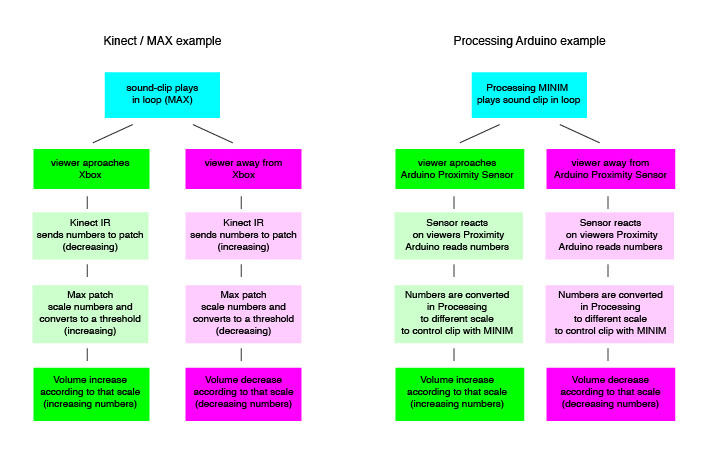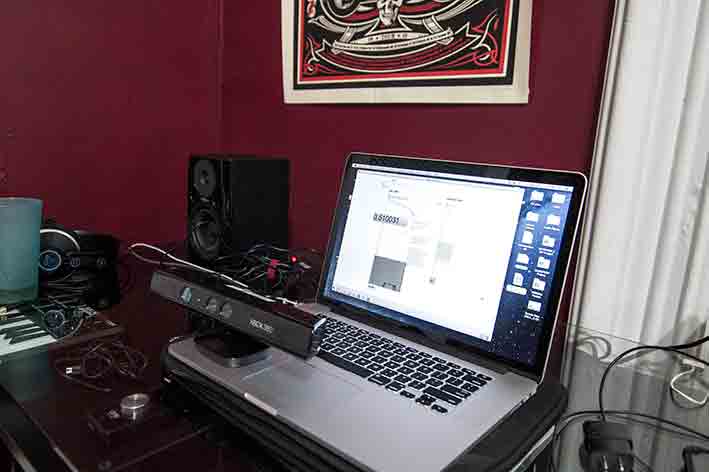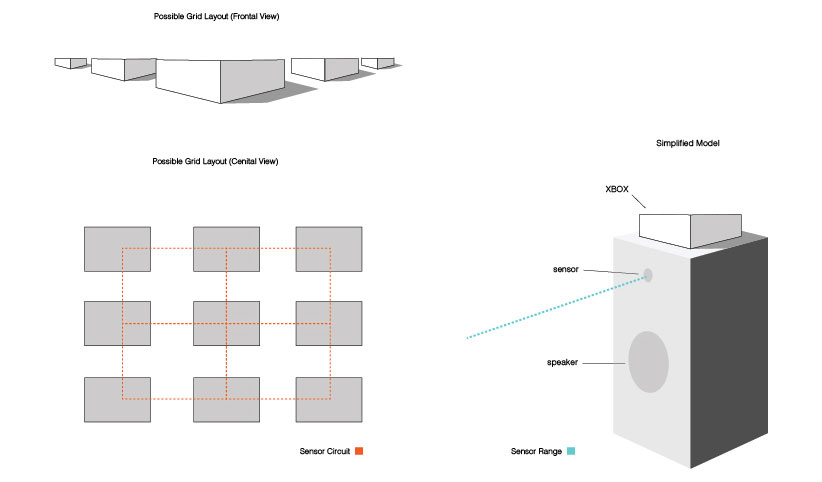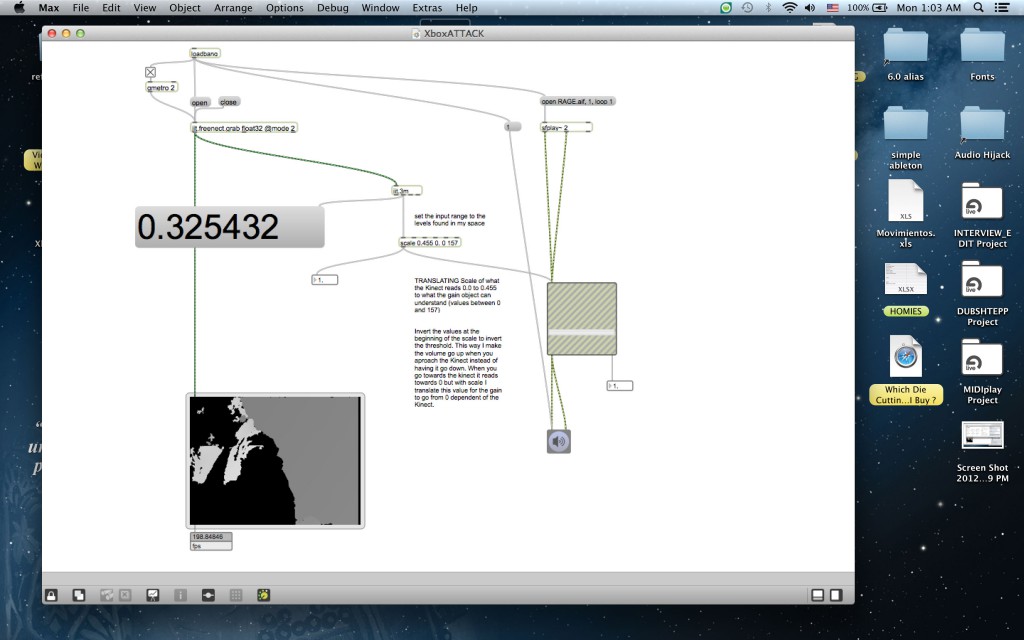What is the audience and what is the placement of the piece?
I am trying to define this. I don’t see it happening in a museum. But I also don’t really see it working online.
Since this is a project about the empowering effects of online anonymity I think the best thing is to take mechanisms that work on the internet and make them visible outside of it.
I was considering designing a piece that would engage trolls but I came across two problems:
By luring the trolls into a plan I would have to imitate some of their own behavior, thus putting the integrity of the project at risk. My aim is not to feed the trolls, but to expose them.
Doing a piece for the trolls is not the objective of this study. I want to expose their behavior and tackle the subject of freedom of speech in relation to online conduct.
Consequently I have decided to step away from the term trolling, to allow myself a new perspective on the project. I will take the behavioral dynamics at work as the main point of study. My system will deal with the relationship of commonly accepted social norm in opposition to online behavior.
I am hereby redefining my project according to these questions:
How can I algorithmically express the contrast between on and offline behavior?
How can I describe the problem without being moralistic? (I am not looking for a solution. My intention is to initiate a thought process.)
How can I choose a system that works in a convincing way outside of the web, but is clear enough to convey the message.
Troubleshooting:
I have been considering too many ideas. Identifying the most interesting is not really working. I was too fixated on the troll concept, which seems to limit itself. I can either explore the reality of the troll outside the internet or go online to make a discourse about the troll. This seems redundant. I feel like the attention on a particular element of the problem is complicating the entire thought process.
I have reduced the problem to the following project ideas (I am avoiding the use of titles to allow further development):
Untitled 1 – First idea:
“Public” installation that takes the trolling messages from the internet to reality. Making the messages transcend the net out to public space has two effects:
The target is no longer a single user. Using a public space to relocate the messages outside the net makes any potential bystander a victim and forces them to take a position.
I am maintaining the anonymity of the attackers, but I am including everybody outside the net as victims to engage them in a discussion they would otherwise not be a part of. The attacker stays anonymous and equally daring, but the system is now spread into the public and thus creates an interesting conflict zone to play with.
I have been collecting Xbox Live sound and gameplay clips. I have also found material on you tube and facebook that can be explored for examples of comments that could be used for the proyections.
High level description:
A system supported by Max Jitter and live projection that brings isolated Internet attacks to public spaces. We live under the general assumption that life out in the public is civilized and secure. We think our integrity is guaranteed by a set of moral and ethical rules reinforced by a legal system and mutual respect. We assume these relationships apply to the Internet in the same way.
Taking the loaded gun and aiming to fire at a bigger target.
People seldom think about things that don’t affect them personally. To consider a problem the problem must include us. I am taking the shots from the Internet and throwing them out to the streets. Like lost bullets in a shooting can make casualties, the hurtful comments won’t get unnoticed when taken personal in an open space.
Sociological and psychological studies in the context of marketing and advertising have defined reading as a mentally self-oriented process.
Max allows intuitively creating an algorithm to control the projections/shots. It can be connected to a variety of hardware devices (microphones, sensors, cameras, projectors, speakers) and is compatible with other forms of ‘software’ (Arduino, Processing).
Untitled 2 – Second idea:
‘Der Rechner ist dumm!’
My math and physics teacher in high school used to proclaim: ‘Your calculator is stupid’. Without a set of organized instructions a calculator is not any more intelligent than a shoe. Technology solves problems when operated accordingly. It simplifies tasks, but it doesn’t completely replace human reasoning. Yet.
We project the aforementioned believes (see description of idea 1) onto objects in a similar way in which we project them to relationships and communication. We expect our objects to align with us, to orient in respect to ourselves. We give objects anthropomorphic functions and we expect them to be intelligent and ‘behave’ accordingly. We trust our machines in a similar way we trust our pets.
In the case of online gaming or other social engagement on the net, the user enters a space in which the expectations that apply to real physical convention are broken.
Furthermore, even with the understanding of the internet being a place of information exchange and thus interpersonal relationship, the average user still considers the internet in terms of a one directional channel of information: We go onto the net to read off the net. When we share and we receive feedback we are ultimately experiencing self-centered action.
When attacked or otherwise deceived online, the separation from a real physical identifiable presence (another human) upon which to direct the resulting discomfort creates an unpleasant dissonance between our real lives influenced expectations and the actual reality on the Internet.
With no human to identify as an attacker, the Xbox or any other Internet-connected device with community access become potentially untrustworthy.
High level description (I will talk about the Xbox as a possible device)
Create an interactive sculpture or a set of sculptures with Processing or Max.
1. A Xbox that literally hates whoever approaches it:
One Xbox connected to Kinect or a proximity sensor(controlled by Processing or Max). The closer the user gets to the console the angrier and louder it plays prerecorded messages from the net ( or a customized message instead).
2. A grid of Xboxes that act in a similar way (this idea seems to be more powerful):
A set of equally distant laid out consoles create a grid that can be walked through by a viewer. On proximity each console plays (through nearby speakers) an offensive message from the prerecorded examples.
In this case the idea of an anonymous mass and therefore a bigger threat is better conveyed in the use of more than one device.
Tools used would be Max or Processing with proximity sensitive hardware.
This piece would be a great public installation if it were possible to use with holosonic or high power directional speakers. In that case the viewer and nobody else would hear the offensive messages. It would be an isolated and anonymous attack analogous to those found on the Internet: Nobody but the viewer would be aware of the attack. And only entering the field of Xboxes can one be subjected to the attack.
Timeline:
5 November
- Discuss with Lauren and decide on one of the ideas.
- Make a comprehensive provisional list of materials required for the project.
- START MAKING (enough with thinking)
Problems:
- Learning how to make the system work with Processing or Max (doable)
- Using proximity sensors is different from Kinect. I would have to figure out how to make this with Arduino. (doable, but maybe not polished in time)
- Maybe it makes sense to make a mock up of the ideal installation. I could build a model and concentrate on making only one of the parts and the system work perfectly in order to explain its functionality.
12 November
- Have a scaled model of the piece for reference (a study of its form and placement)
- Research about programming of Kinect and Arduino proximity sensors.
- Research about audio installations
Problems:
- Maybe programming multiple sensors towards the final will not work.
- Still consider finalizing one unit of the system in a refined way to develop the full system from a successful point of departure after the final presentation.
19 November
- Progress with the programming.
- Start playing with hardware and arrangement possibilities.
- Take pictures of possible installation space and start mock-ups for reference on the final completed piece.
Problems:
- Solve any programming doubts.
- Review the convenience of the hardware. Be prepared to simplify more.
26 November
- Finish programming.
- Troubleshoot hardware.
Problems:
- Programming not finished
- Hardware not responding
3 December
Presentation
- Reference material
- Finished piece (or representative part that demonstrates the algorithmic work, which in this case is finally program-based)
Read More




